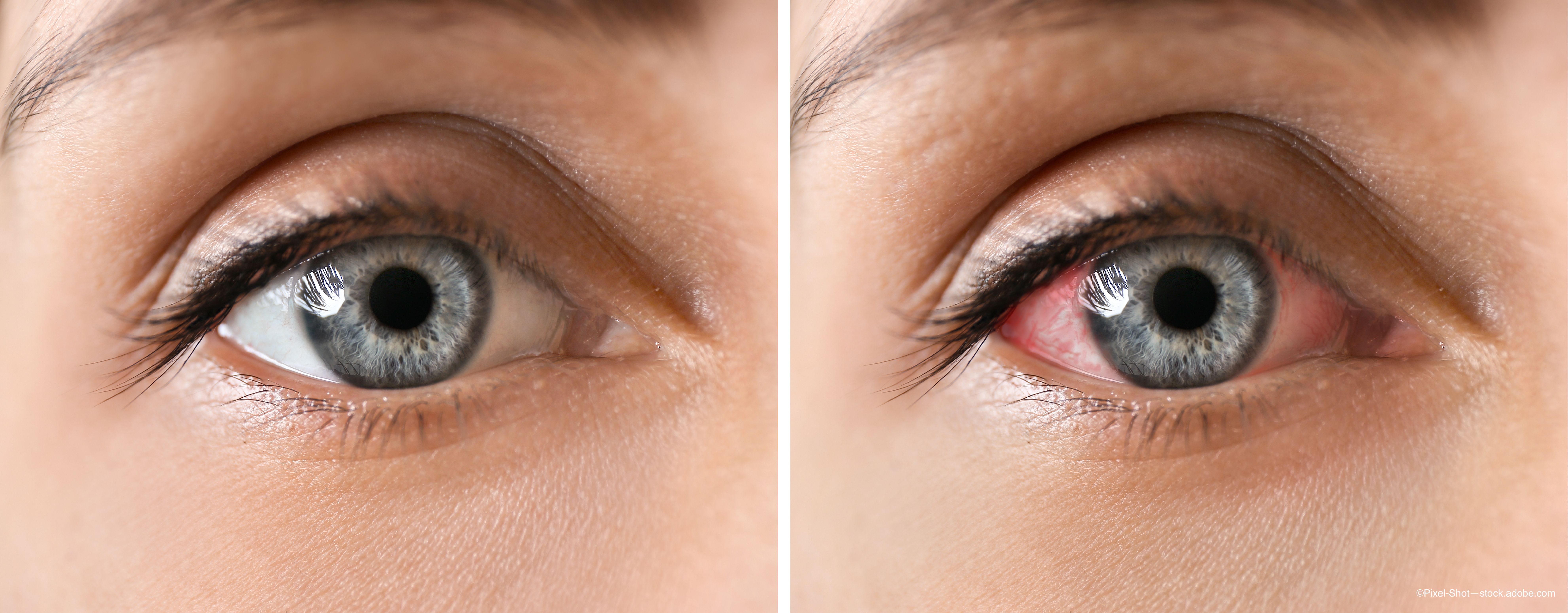International coalition categorizes 25 subtypes of uveitis using machine learning
Standardization of Uveitis Nomenclature (SUN) Working Group utilized machine learning to create new uveitis classification criteria, inciting hope for implementation in clinical and research settings.

The Standardization of Uveitis Nomenclature (SUN) Working Group created uveitis classification criteria using machine learning. The criteria classify the 25 most common types of uveitis and was published in the American Journal of Ophthalmology.
Uveitis is a collection of over 30 diseases that are characterized by inflammation inside the eye. As a whole, these diseases are the fifth leading cause of blindness in the United States.1 Historically, uveitis was classified on the location of the inflammation; however, this posed a challenge to ophthalmologists creating treatment plans as various types may affect the same anatomic location, but with differing causes, prognoses, and courses. As a result, the SUN Working Group stepped in.
“In the past, clinical research in the field of uveitis has been hampered by the lack of widely-accepted and validated diagnostic criteria,” said Douglas A. Jabs, MD, MBA, the SUN project leader and professor of epidemiology and ophthalmology at Johns Hopkins Bloomberg School of Public Health, Baltimore. “These classification criteria are a major step forward for epidemiological studies, translational studies, pathogenesis research, outcomes research, and clinical trials. They hopefully will yield better disease-specific approaches to diagnosis and treatment.”
Creating criteria for uveitis classification
Standardization of Uveitis Nomenclature (SUN) Working Group—which is funded by the National Eye Institute (NEI), part of the National Institute of Health—is an international coalition of eye researchers. Pulling from the expertise of nearly 100 international uveitis experts from more than 20 nations and 60 clinical centers, the SUN Working group designed the new classification criteria after completing informatics, case collection and selection, and machine learning.
Informatics revolved around standardizing descriptive language of uveitis, which varies across individual diseases. Once appropriate terminology was determined, the group moved onto case collection and selection, which involved entering 5766 cases into a database, with approximately 100-250 cases per uveitis type.1 The team split into committees of nine experts to review the cases and determined whether each case constituted a specific identifiable disease. To move into the final database, each case needed 75% consensus.1
Once the uveitis experts whittled the database down to 4046 cases, they began the phase of machine learning, a type of artificial intelligence. The research team combined a training set of multiple approaches on a subset of the cases with a validation set of the performance of the criteria determined on a second subset of the cases. Overall, the AI system categorized over 90% within uveitic class, providing hope for implementation in clinical and translational research.
Reference
International coalition classifies 25 subtypes of uveitis, an inflammatory eye disease. National Institutes of Health. https://www.nih.gov/news-events/news-releases/international-coalition-classifies-25-subtypes-uveitis-inflammatory-eye-disease. Published June 7, 2021. Accessed June 7, 2021.
Related Content: Uveitis | Ophthalmology | Retina in 2020 | Imaging
Newsletter
Keep your retina practice on the forefront—subscribe for expert analysis and emerging trends in retinal disease management.